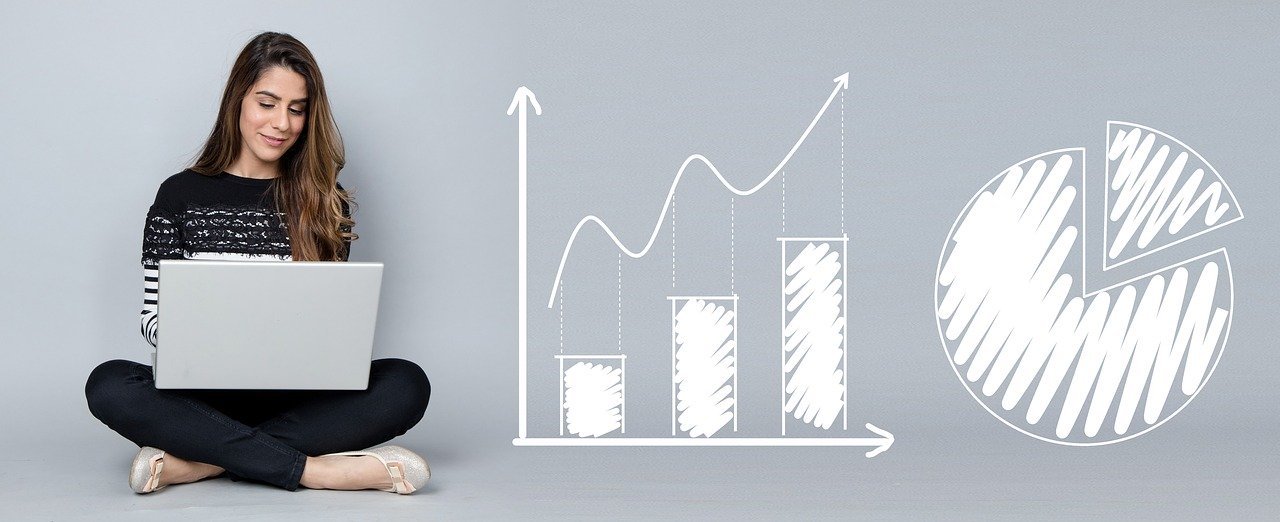Knowing how to invest your money as a young professional is a key to success as a retired adult.
Investing your money has to do with much more than the amount you currently have in the bank. In fact, the amount you start with doesn’t even need to be that much.
The companies you pick to invest in and how much cash you put with them will determine your retirement. Investing young is one of the surefire ways to maximize your investments.
First-time investors should know that no matter how they invest, they will likely have success. Long-term investments almost always offer positive returns. The hardest part of the process is getting started and deciding where to invest first.
Why Invest?

Investing may seem like more work than it’s cut out to be, but it can bring in significant wealth you wouldn’t be able to access otherwise.
The primary reason for investing is to create a retirement fund. Smart investments while you are young can grow to outpace expected inflation. You can eventually earn money passively.
Investments also help spark financial independence and confidence. While creating wealth for yourself, you can learn more about the economy as a whole.
Learning how to invest your money in a way that works for you may be the hardest part of the investing process. Once you have this part figured out, your money can grow for you while you go about your day-to-day life.
Investment Tools

There are several options for getting the most out of your money.
Stocks, bonds, and mutual funds are all examples of investment instruments. Each method can maximize your money for retirement or long-term purposes. Short-term investments are generally riskier and can be less fulfilling than long-term agreements.
An individual or robo-advisor can regulate each of these investment methods.
Robo-advisors are computer-generated investment management services. They use algorithms to create and edit your investment portfolio. There is usually a small charge associated with the service.
Some of the most well-regarded robo-advisors are Blooom, Betterment, Charles Schwab, and Axos. Before signing up for an investment broker, you should understand how each type of investment strategy works.
The best investors know how to invest their money proportionally using aspects of different investment strategies. The more diverse an investment portfolio is, the better it tends to do.
Stocks, Bonds, and Mutual Funds

Stocks are shares of ownership in a company. These shares can appreciate with time as the company sees success. If a stock appreciates, it becomes more expensive. This allows you to sell the stock for higher than you purchased.
Some companies also pay dividends to stockholders. Dividends are quarterly payments made to stockholders from the company’s profits.
Deciding which stocks to buy can be a hefty decision. The goal is to pick stocks that will grow over time due to company success or stability. Fortunately, the market tends to trend upward. This means that, on average, most stocks will appreciate if given enough time.
Of course, this doesn’t mean every stock will be a good investment. Risk is always a factor with stock purchases.
Stockbrokers tell all investors to have a portfolio filled with a variety of stocks. Diverse portfolios include stocks from a variety of companies, bonds, and mutual funds.
A diversified portfolio is more likely to grow than one focused on only one company or kind of industry.
A mutual fund is a pre-packaged mix of investments that come bundled together. Purchasing a mutual fund is often a better investment than buying individual stocks. The diversity of the bundle is a safer choice than several stocks in one fluctuating company.
On a completely different note, a bond is another investment option that acts as a loan to a company or government. The company agrees to pay you back, with applicable interest included.
Because there is an agreement between the issuer and individual, bonds are less risky than stocks. Bonds have a set date for repayment and amount of interest.
There is always an appreciation of your money invested in a bond. However, the growth from a bond will not be as significant as it could have been in a stock sale.
Investment Account Options

Your employer’s 401(k) will be a great place to start investing, if possible. If you do not have a 401(k), you can invest in a Roth Individual Retirement Account (IRA) or Health-Savings Account (HSA) .
No matter what type of account, the rule of thumb is to invest 10-15 percent of your annual income every year. That amount might seem impossible when first starting, but it will become more accessible over time. Many even invest much more, with the goal of retiring earlier than is normal.
Here’s a closer look at each type of investment account.
401(k)
A 401(k) is a tax-benefited account set up through an employer for retirement purposes.
Employees set up recurring contributions to come from their paychecks. This money comes from automatic payment withholding, so it is not taxed. Employers can then match some or all contributions up to a certain amount.
Generally, employers will match contributions up to 3-6% of the person’s pay. One of the most common company matches is 50 cents on the dollar, going up to 6% of the individual’s salary.
With this in mind, you should plan to contribute as much as you can to receive the full matching amount.
For example, suppose your employer agrees to match your contributions up to 3% of your $60,000 salary. In that case, your employer will be contributing up to $1,800 every year if you contribute 3% of your salary.
Maxing out 401(k) company matches is the only way to use all the money provided for investment purposes. The company’s contributions count toward your goal of investing 10-15% of your salary.
Most 401(k)s include a selection of mutual funds with no minimum investment. You can opt to buy other stocks as well if you like.
The money in all 401(k) accounts is not taxed until withdrawn from the account. This helps reduce the amount of income you pay taxes on since the money gets removed from your paycheck before deducting taxes.
Roth IRA
Roth IRAs are a unique circumstance with taxation because they are different than all other retirement funds.
Roth IRA contributions have taxes deducted, but there is no tax on interest or money withdrawn. This feature is beneficial for people who think their taxes will be higher later on than they are now.
While some banks offer Roth IRA accounts, it is usually better to use an online investment broker. Ally Invest, Fidelity IRA, and Vanguard are brokerage firms that offer a $0 trading fee for all Roth IRAs.
Several brokerage firms will ask you to declare a period when you think you’d like to access the money. The Vanguard 2050 fund, for example, outlines an investment plan that dictates how much money you will need to invest. Provided monthly investment guidelines help you reach your goal by 2050.
Most Roth IRA accounts need you to be at least 60 years old before withdrawing from the account without a penalty fee.
Health Savings Account (HSA)
Health Savings Accounts are also a type of tax-benefited investing. The money in an HSA remains untaxed until distributed for qualified medical expenses.
HSA plans aim toward paying off medical-related expenses like copayments, deductibles, and coinsurance.
HSA plans usually go with a High Deductible Health Plan (HDHP) and traditional medical coverage. You can often contribute to your HSA via payroll deductions through your employer. You can also contribute a set amount whenever possible.
If you do not have an HSA organized through your employer, some health insurance companies will offer an HSA if combined with an HDHP.
The IRS determines the amount considered a high deductible every year. For 2020, the IRS announced any deductible over $1,400 for an individual or $2,800 for a family would be an HDHP. According to the IRS, the total yearly expenses for an individual should not exceed $6,900 or $12,800 for a family.
Any funds that are not used for medical expenses one year will roll over to the next year with an HSA account.
What to Take to the Bank

Understanding investment strategies and processes are crucial to securing your dream retirement fund.
Setting aside at least 5% of your paycheck every time you receive it may not seem like much, but the interest and amount will grow over time. If you know how much you hope to have during your retirement, you can learn how to reach that point by working backward. Start by paying off debts, then save aggressively in tax-advantaged retirement savings accounts.
The most important part to remember is that long-term investments usually appreciate with time. Diversifying your portfolio will only help you maximize your returns.
